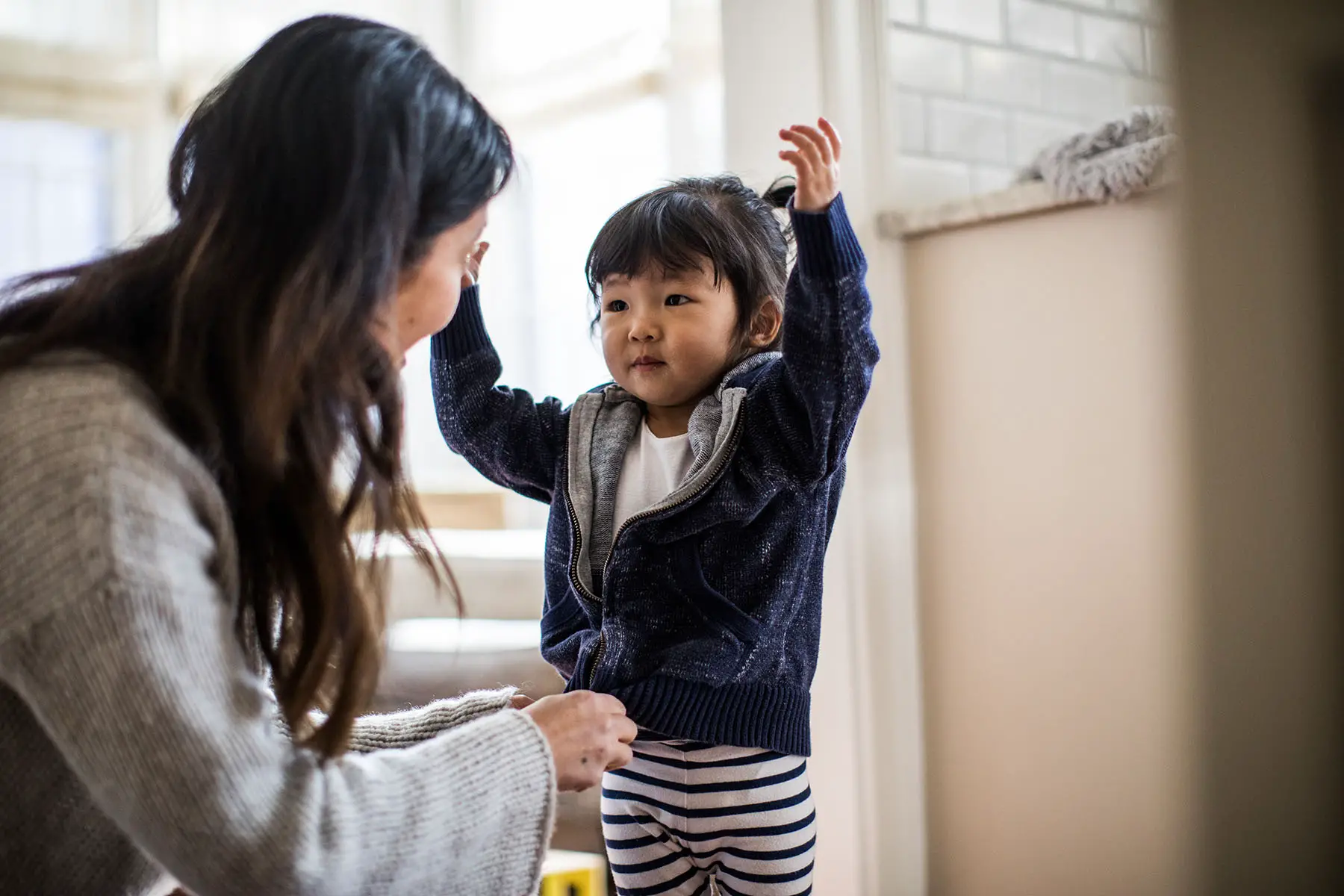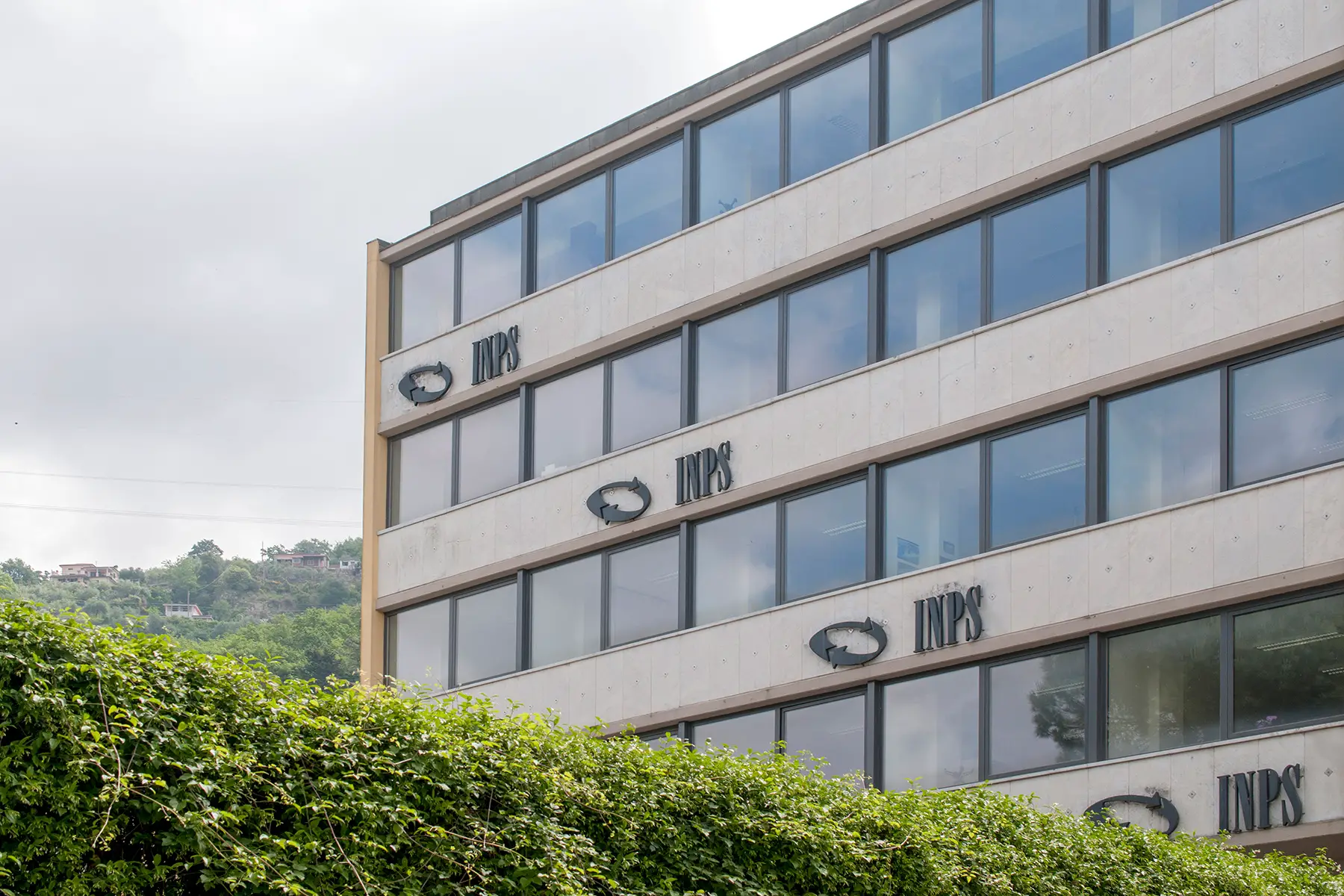Being a parent is a full-time job, so it’s only natural that you get paid for it. In Italy, this child benefit is called the Single and Universal Allowance.
Learn more about this allowance and how you can claim it in the following sections:
Moving2Italy
When relocating to Italy, get expert help from Moving2Italy on taxes, work permits, and setting up a business. They also provide personalized support for immigration, social security, and residence, helping you navigate your new life abroad. For assistance with fiscal and immigration matters, contact Moving2Italy.
Social security in Italy
All aspects of social security in Italy fall under the responsibility of the Social Security Administration (Instituto Nazionale Previdenza Sociale – INPS) – including child benefits.

The system is financed by regular contributions from employers and employees (including freelance workers and resident expats) and provides for healthcare, pensions, employment and unemployment benefits, and child benefits.
In 2019, just 1.1% of Italy’s GDP was spent on child benefits (compared to the European Union (EU) average of 2.3%). Moreover, roughly 4.0% of total expenditure on social benefits was devoted to family or child benefits (compared to the EU average of 8.4%). That works out to around €370 per inhabitant.
Types of child benefits in Italy
As of 2022, there is just one child benefit available in Italy. The Single and Universal Allowance for Dependent Children (Assegno unico e universal per I figli a carico) has been in place since March 2022 and is available to all families with dependent children in the country. Dependent children are:
- Children and young adults under the age of 21
- Children with a disability of any age
Since the introduction of this single allowance, all other child benefits that were previously available in Italy are abolished. As such, parents can no longer make use of the baby bonus (bonus bebè), the birth or adoption bonus (bonus mamma domani), or any of the former family allowances or tax deductions.
The kindergarten bonus (bonus asilo nido), which helps pay for children’s education, remains in force.
Single and Universal Allowance for Dependent Children
What is it?
This benefit provides a minimum amount of cash payments per dependent child in a household. The exact amount will differ for each family and is means-tested with the ISEE (Indicatore della Situazione Economica Equivalente).

This translates to Equivalent Economic Situation Indicator and is a criterion to evaluate a family’s economic situation.
Who can claim it?
Technically, all parents with dependent children can apply for the single allowance child benefit – whether they are citizens, permanent residents, or in Italy on another type of residence permit. However, you must meet certain requirements, such as paying Italian income tax or holding an employment contract with a minimum duration of six months.
Recipients of the child benefit include:
- Biological or adoptive parents who are residents in Italy or have a reciprocal social security agreement with a third country
- Parents can claim the benefit from the seventh month of their pregnancy
- If you are legally separated or divorced, only the primary caregiver can apply for the allowance
- Biological or adoptive grandparents who take care of their grandchildren
In addition, young adults aged 18–21 can claim the allowance for themselves, instead of their parents receiving it. However, they must prove they are either:
- Studying or attending professional training
- Have an annual income under €8,000
- Receiving unemployment benefits and are looking for work
- Volunteering with local social services
How much will you get
The amount generally varies between €50 and €175 per child. The INPS uses the ISEE to calculate the exact amount that each parent is able to receive. Payouts increase depending on the number of children in the household, for example:
- One child: between €50 and €175 per child
- Two children: between €100 and €350 per child
- Three children: between €160 and €610 per child
- Four children or more: between €430 and €970 per child
- If the ISEE value is more than €40,000/year: €50 per child
Moreover, families who have children with disabilities will receive higher benefits. For instance, parents of minor disabled children can receive up to €105 extra if their child is living with a severe disability. But, this additional benefit is capped at €50 after the age of 18.

Parents with children under the age of 3 who require in-home care can also apply for an additional €3,000/year. However, the family must have an ISEE value of less than €25,000 and must submit medical certifications of chronic illness.
For mothers under the age of 21, the single universal allowance will offer an additional €20 per child.
As well as the above, parents also receive kindergarten vouchers to help pay for the education and childcare of young children. Generally, the value of these vouchers is as follows:
- €3,000 for families with ISEE value under €25,000
- €2,500 for families with ISEE value between €25,000 and €40,000
- €1,500 for families with ISEE value above €40,000
How to claim
To receive the single and universal child allowance, families must submit an application at the INPS. You can do this:
- Electronically through the INPS website
- By calling the INPS at 803-164 (toll-free number) or 06 164 164 (regular number)
When submitting your claim, you will need to provide evidentiary documents and information, such as:
- Personal information identifying all the members of the household, including all children
- If separated or divorced, the address of all family members
- Your local Italian ID (Level 2 SPID, Electronic ID card, or National Service Card)
- The IBAN (bank details) of the beneficiary
Generally, parents will have to file an application to begin receiving payments. However, if the family receives the Guaranteed Minimum Income (reddito di cittadinanza), they will automatically receive the child benefit.
It is important to note that there can only be one beneficiary for the allowance. For example, if the parents of a child are divorced, each parent can request 50% of the payment; or, if one parent has full custody, they can ask for 100% of the allowance.
Payouts start at the beginning of each fiscal year, which is in March. As such, you should submit your application between January and March in order to receive the full year’s payment. If you apply for the allowance after 1 July, payments will begin the month after and not apply retroactively.
What to do if you are not eligible
If you cannot claim the universal child benefit, you might want to look into other options in Italy. For example, some regions and provinces – including Trento and Bolzano – offer child benefits for local residents.

If you want to get more information or track your application, you can call the INPS Contact Center at 803 164 (toll-free number) or 06 164 164 (regular number). Alternatively, you can use the INPS Risponde service to submit online requests.
Other forms of financial support for parents in Italy
Italy has generous paternal leave policies. By law, mothers must take five months of maternity leave (congedo di maternità), and at least one month of those should taken be before the birth of the child. During this time, they will receive 80% of their salary. Fathers can take up to 10 days of paternity leave (congedo di paternità) in the five months immediately following the birth of their child. They will keep 100% of their salary.
Parents can also take additional time off as their child grows. For example, all parents can choose to take up to six months off before their child turns three while receiving 30% of their salary. However, these six months cover both parents. As such, one parent can take the full amount of leave, or both parents can split it between them.
In addition, parents can opt to take five months away from work to spend with their children before they turn 12. However, child benefits during this period are only paid out if the parents’ salary is less than two and a half times the Italian minimum wage.
Although public education is free in Italy, there are some child benefits to help parents with the cost of books, stationery, and other school supplies. In particular, the government’s Single Fund (Fondo Unico) helps families of secondary school students cover the cost of things they need for school. The INPS also offers some scholarship grants for students who meet certain conditions.
Childcare in Italy
Aside from the kindergarten bonus, there are no official child benefits for childcare in Italy. This means you will likely need an income to support your family. Luckily there are many options for childcare, including:
- Day nurseries (asilo nido) – though unregulated, these public and private centers care for kids over the age of 3 months and can offer extended hours for working parents
- Preschools (scuola materna) – option public or private school programs for children between the ages of 3 and 6 years that usually run all-day
- Nannies and au pairs – family employees who provide regular childcare support
- Summer camps
While some of these options are free, others require a childcare fee.
Useful resources
- INPS Single and Universal Allowance for Dependent Children – official website of the National Institute of Social Security
- European Commission – official website with details about family benefits in Italy




